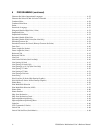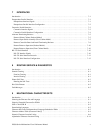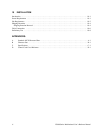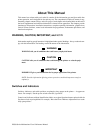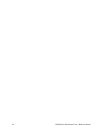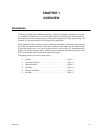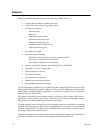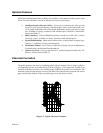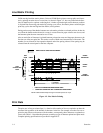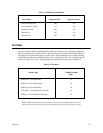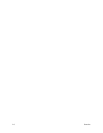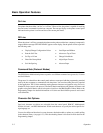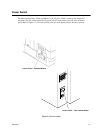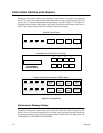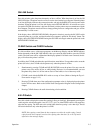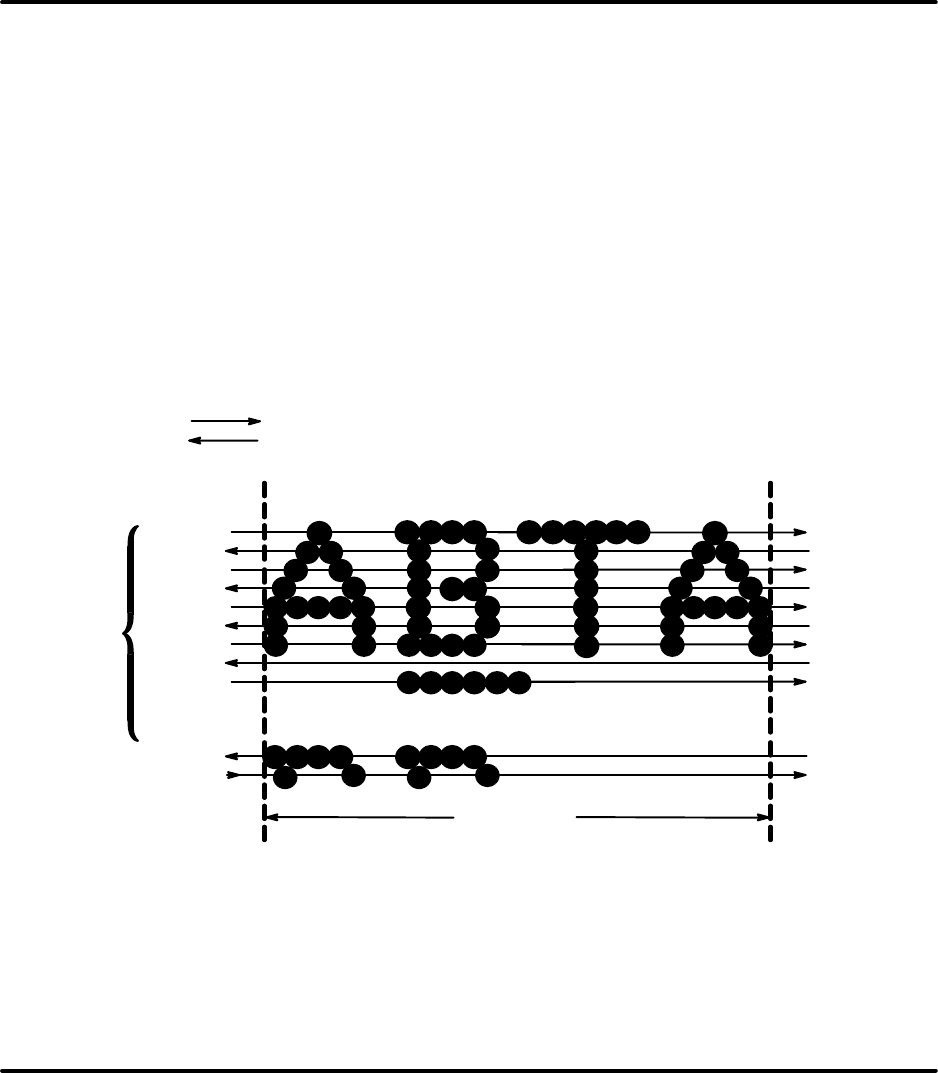
Overview1–4
Line Matrix Printing
Unlike
moving–head dot matrix printers,
Printr
onix
P3000 Series printers create graphics and charac
-
ters
by
printing an entire dot row at one time. As shown in Figure 1–2, dots are printed in both direc
-
tions
of shuttle travel at a printer stroke length of .4 inches to print through several character positions
in
10 pitch Data Processing print mode. By printing a row of dots, line matrix printers achieve higher
print duty cycles than moving head dot matrix (serial) printers.
During
each sweep of the shuttle, hammers are activated to print
dots at selected positions in that dot
row.
When the shuttle reaches the end of a sweep, it reverses direction, paper advances one dot row
, and
the hammers print the next consecutive row of dots.
After
an entire line of
characters is printed, hammer print action ceases and the paper advances to the
first
dot row of the next print line. This creates a series of blank rows between lines of characters.
The
number
of rows allowed
for line separation depends on the line spacing selected. Line spacing may be
selected from the control panel or the host computer.
DOT
ROW START
PAPER
ADVANCES
PAPER
FEED
PAPER
ADVANCES
SPACE
1
2
3
4
5
6
7
8
9
10
11
12
1
2
*
**
USED FOR LOWERCASE DESCENDER ONLY
USED FOR UNDERLINE AND LOWERCASE DESCENDER
*
**
ONE
CHARACTER
ROW
DIRECTION OF SHUTTLE MOVEMENT
NOTE: P3000 shuttle sweeps through 4 character spaces at 10 cpi.
1 HAMMER
PRINT SPAN
Figure 1–2. Line Matrix Printing
Print Rate
The
print rate, in lines per minute (lpm),
is a function of the number of dot rows required to produce the
character
line regardless of the number of characters in the line. For example, more dot rows are re
-
quired to print lowercase characters with descenders; consequently
, those characters are printed at a
slower
rate. T
able 1–1 describes the print rate according to type of character printed and print mode.
Complete printing specifications are provided in Appendix C.



